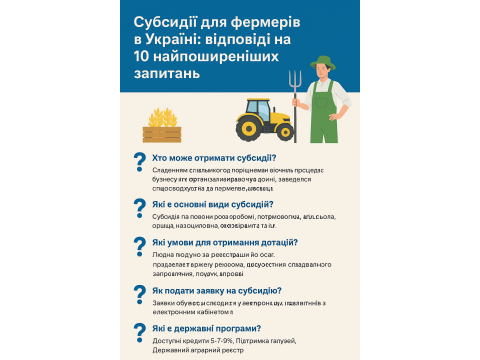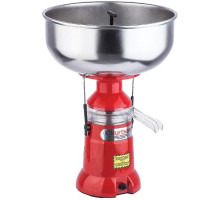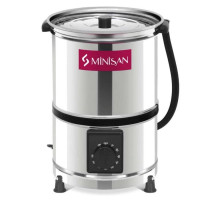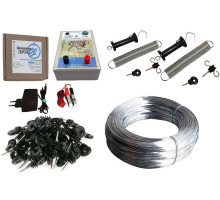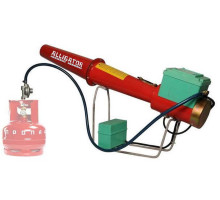Subsidies for farmers in Ukraine: answers to the 10 most common questions
Agriculture in Ukraine is a strategic industry that generates a significant share of the country's GDP and provides jobs for millions of Ukrainians. To support farmers, the state has introduced various programs: subsidies, grants, soft loans, and compensation. However, the rules for obtaining them often seem complicated, so farmers are looking for simple explanations and practical examples. In this article, we have collected the 10 most common questions about subsidies for farmers in Ukraine and provided detailed answers with examples and links to official sources.
1. Who can receive a subsidy from the state?
State subsidies are provided to both legal entities (farms, agricultural enterprises) and individual entrepreneurs. Main conditions:
- the farm is officially registered;
- there is confirmation of the main type of activity - agriculture;
- tax history without significant violations;
- having a bank account for depositing funds.
For example, even small farmers with 5 or more heads of cattle can participate in the "Cow Subsidy" program. More information is available on the website of the Ministry of Agrarian Policy and Food of Ukraine .
2. What types of subsidies and grants exist in 2025?
Among the most relevant programs:
- subsidies for keeping livestock (cows, young animals, sheep, goats);
- subsidies for the development of horticulture, berry growing and viticulture;
- grants for the construction of greenhouses and the creation of processing enterprises;
- compensation for the purchase of domestic machinery and equipment;
- preferential loans under state guarantees;
- special programs to support young farmers.
A detailed list of current programs is published on the Diya portal in the "Grants and Business Support" section.
3. How to apply for a subsidy?
Submitting an application takes place in several steps:
- Preparation of documents (certificate of farm registration, tax certificate, business plan).
- Submit an application through the Diya portal or at the Administrative Services Center.
- Consideration of documents by the commission (up to 30 days).
- Transfer of funds to the account in case of a positive decision.
Important: the application must contain a clear description of the activity and justification for what the funds will be spent on.
4. What documents are required to participate in the program?
The standard package of documents includes:
- a copy of the charter or an extract from the Unified State Register;
- tax certificate stating the absence of debts;
- business plan or cost estimate;
- bank statement about the open account;
- passport and identification code (for individual entrepreneurs).
Specialized programs may also require veterinary certificates (if it concerns livestock) or agrotechnical passports for crops.
5. What amount of subsidy can you realistically receive?
The amount of the subsidy depends on the program:
- The subsidy for cows is about UAH 5,000 per head.
- Subsidy for young cattle - from 2,500 to 3,000 UAH.
- Grants for horticulture - up to 400 thousand UAH per hectare.
- Greenhouse grants range from UAH 500,000 to UAH 7 million, depending on the area.
- Compensation for equipment is 25–30% of the cost of Ukrainian equipment.
For example, a farmer from Vinnytsia region received a 1.2 million UAH grant in 2024 for the construction of a 1-hectare greenhouse. Another example is a farmer from Sumy region received a 250 thousand UAH subsidy for planting a berry orchard.
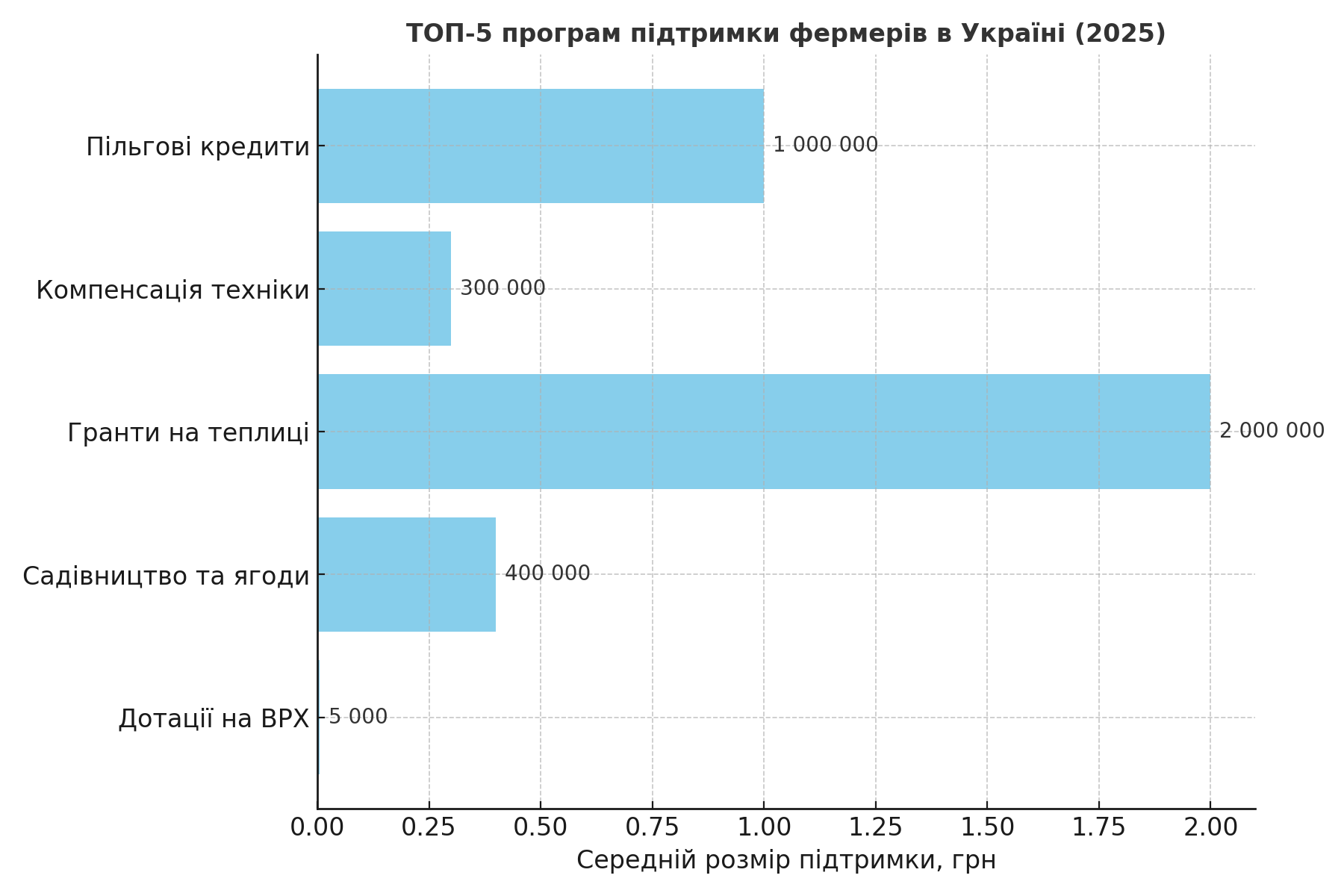
6. Can small farms qualify for aid?
Yes, many programs are specifically designed for small and medium-sized farms. For example, "Family Farms" receive simplified access to subsidies, and can also participate in livestock support programs. The Ministry of Agrarian Policy emphasizes that small farmers are a priority in 2025, as they form the basis of local food production.
7. How is the use of funds controlled?
Farmers must provide reports on the funds spent. These can be checks, certificates of work performed, photos or videos of the result (for example, a built greenhouse). In case of violations, the funds will have to be returned. That is why it is important to keep transparent records of expenses. Example: in Khmelnytskyi region, a farmer returned part of the grant because he could not prove the actual use of funds for the purchase of equipment.
8. Are there programs for young farmers?
Yes, the state stimulates young entrepreneurs in agriculture. For example, there is a program called "Family Farms", which provides simplified conditions and additional bonuses. In addition, international organizations (for example, USAID, FAO) also provide grants for young farmers. Current announcements can be found on the website of the Ministry of Agrarian Policy and Action .
9. Can I combine multiple programs?
Yes, it is possible. For example, a farmer can simultaneously receive a subsidy for cows and compensation for the purchase of Ukrainian equipment. However, it is important that the costs are not duplicated. There is an example from Cherkasy region: a farmer received a 100 thousand UAH subsidy for cattle and at the same time used a 30% compensation for the purchase of a domestic tractor.
10. Where can I find official information about subsidies?
The most reliable sources:
- website of the Ministry of Agrarian Policy of Ukraine ;
- Action portal;
- official websites of regional state administrations;
- Ministry of Agrarian Policy hotline: +38 (044) 279-60-28.
Conclusions
Subsidies and grants are a real opportunity for Ukrainian farmers to receive additional financing, modernize their farms, and reduce their financial burden. Success in obtaining them depends on the correct preparation of documents, transparent business conduct, and timely submission of applications. As practice shows, even small farms can receive significant assistance — from tens of thousands to millions of hryvnias — if they take advantage of state and international support programs.

